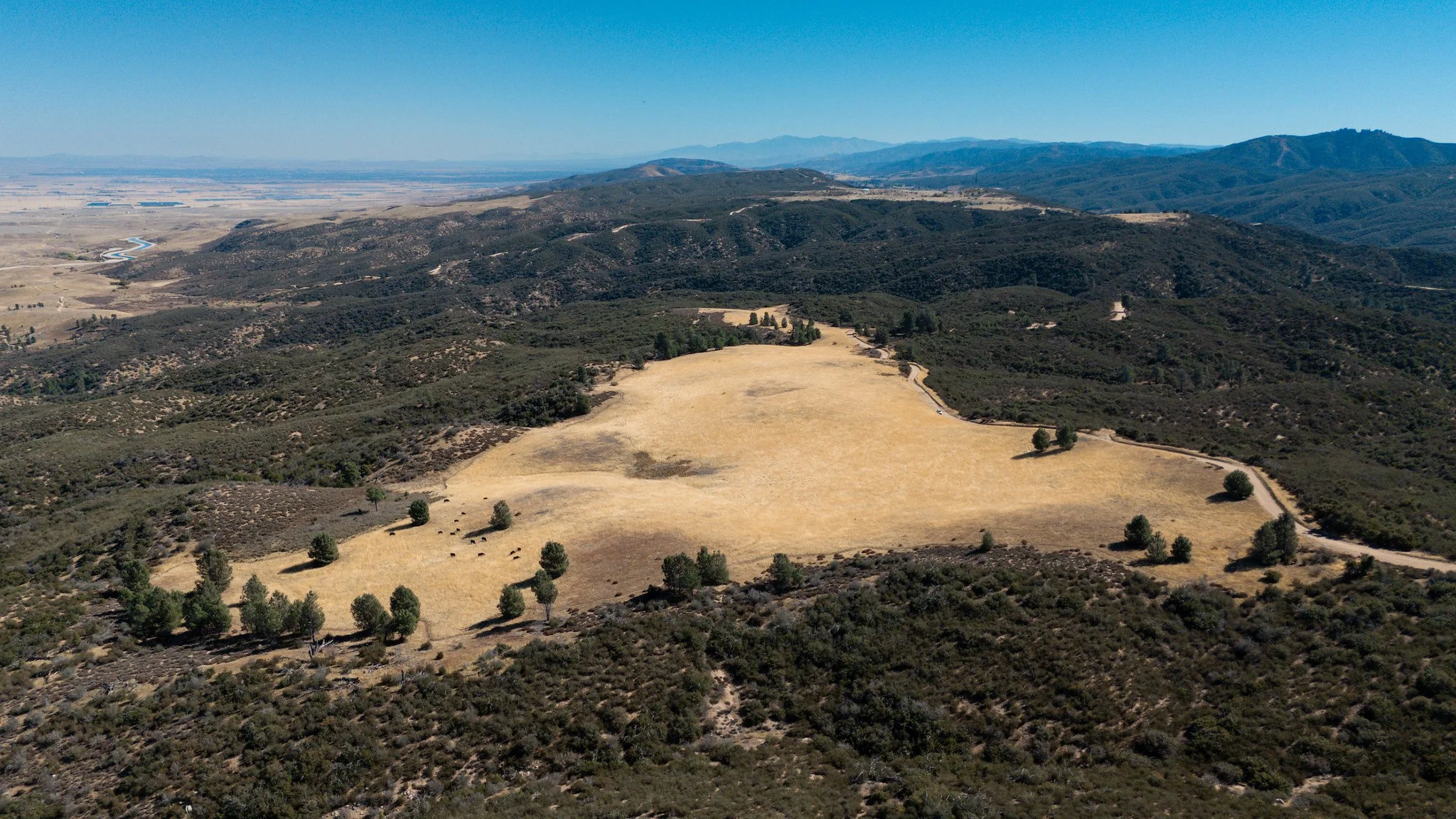Grazing Cattle to Reduce Fire Hazards - Controlling Non Native Species
Grazing for Good: How 16 Cows Are Helping Us Mitigate Fire Risk
At Transition Habitat Conservancy, we’re always looking for natural, sustainable ways to care for the land. One of the biggest challenges we face is the rapid spread of dry, highly flammable grasses that overtake the desert each year. These non-native grasses not only crowd out native species but also create dangerous fuel loads in an area known for its strong, unpredictable winds—a combination that dramatically increases wildfire risk.
To help address this problem safely and sustainably, we introduced 16 cattle to graze across our landscape.
Why Cattle?
Cattle offer a safe, low-impact solution to reduce invasive vegetation without harming the ecosystem.
Goats weren’t an option due to the presence of mountain lions, which pose too great a risk to smaller animals.
Prescribed burns, while effective in some habitats, require a good rain before using this removal process.
Pesticides were also ruled out because they would be too disruptive to native grasses and other beneficial plants.
By choosing cows, we’ve found a win-win solution: the land benefits from natural vegetation control, and the cattle enjoy a steady supply of nutritious forage.
Common Questions
Q: How do we keep the cows on our property?
A: Each cow wears an invisible fence collar that emits a beep when they approach the boundary of their designated zone. This system is remarkably effective, keeping the herd safely within their grazing area without the need for traditional fencing.
Q: What do the cattle drink in the desert?
A: Our 16 cattle require about 200 gallons of water per day. To meet this need efficiently, we’ve tapped into an underground well that provides a sustainable water source.
Water is pumped using solar power and distributed to troughs throughout the property.
This system also helps guide the cows toward specific grazing zones, encouraging them to eat invasive grasses near water sources.
Although largely automated, our team still monitors the water supply regularly to ensure the cows never go without.
Q: How do the cattle know which grass to eat?
A: The cattle have been trained to recognize and prefer invasive grass species. Once introduced to these plants, they continue to graze on them consistently, helping us naturally manage vegetation that contributes to wildfire risk.
A Sustainable Partnership
By integrating livestock grazing into our land management strategy, we’re creating a system that supports both ecological health and animal well-being. These 16 cattle aren’t just helping us mitigate fire danger—they’re helping us restore balance to the landscape.
We hope this approach will set a precedent for effective, sustainable land management, especially in regions facing similar environmental challenges.




